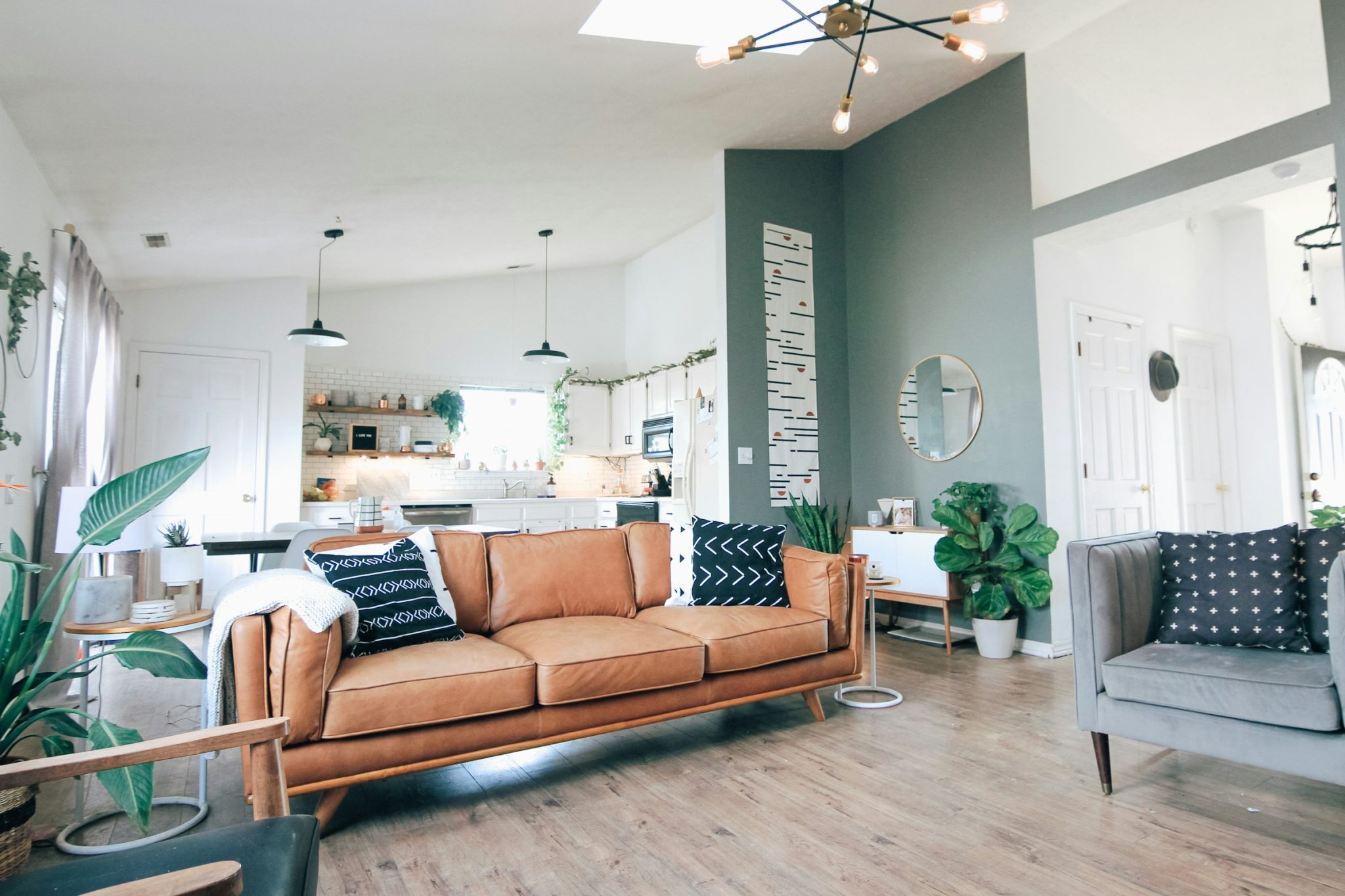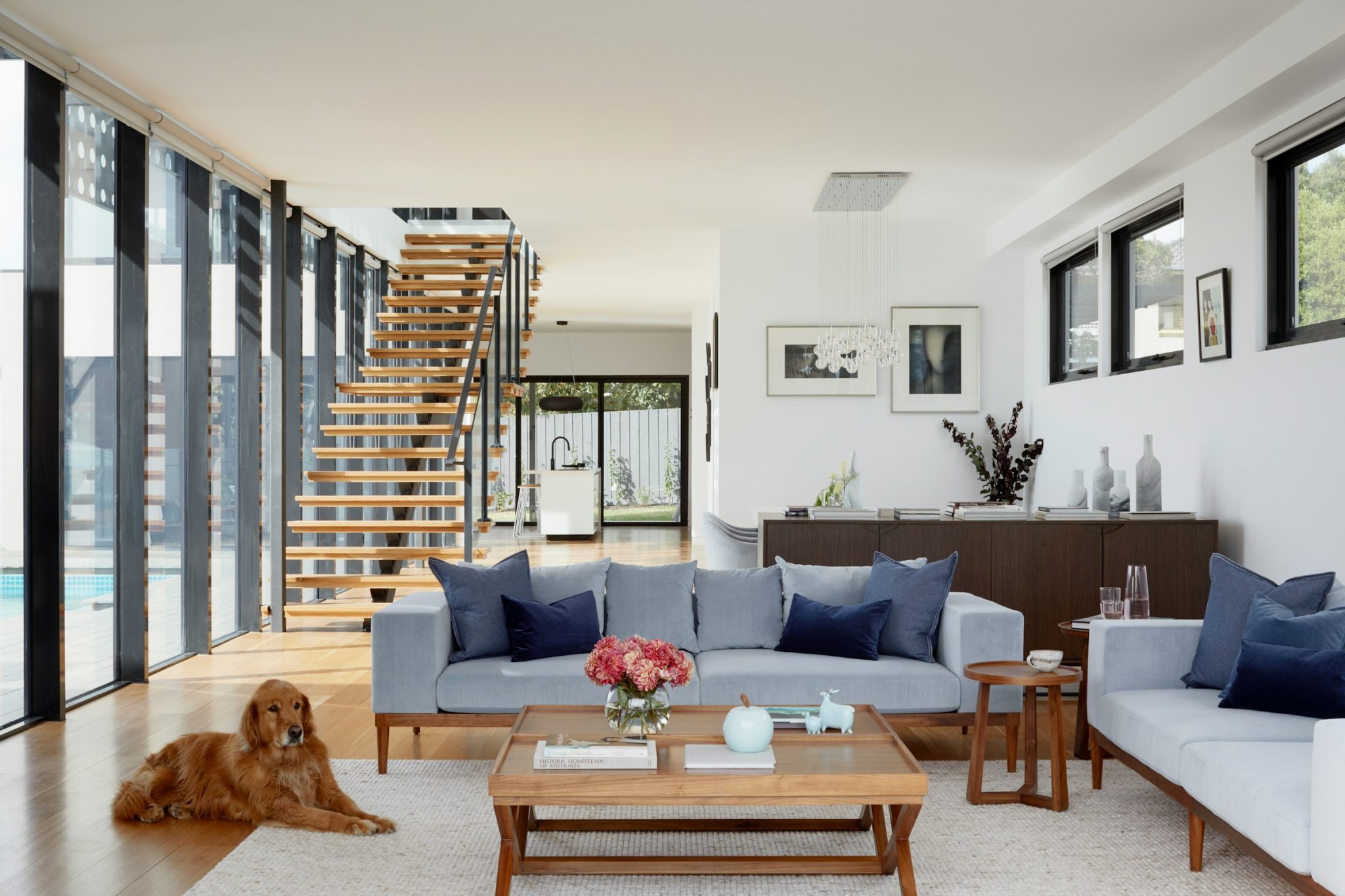The concept of a safe and comfortable living environment goes beyond just having a roof over your head. It encompasses various aspects of physical, mental, and emotional well-being. Whether you’re a homeowner, a renter, or simply looking to improve your living space, creating a safe and comfortable environment is paramount. In this blog post, we’ll delve into essential tips and strategies to help you achieve just that.

Table of Contents
Essential Considerations When Hiring Roofing Contractors
When hiring roofing contractors, it’s crucial to conduct thorough research and consider several key factors to ensure you’re choosing the right professionals for the job. Start by asking for recommendations from friends, family, or neighbors who have recently had roofing work done.
Additionally, check online reviews and ratings to gauge the reputation and reliability of potential contractors. Verify that the contractors you’re considering are licensed, insured, and bonded to protect yourself from liability in case of accidents or property damage during the project. Request multiple quotes and compare them carefully, taking into account the scope of work, materials, warranties, and timelines provided. Ask about the experience and expertise of the roofing crew, as well as their safety protocols and adherence to industry standards. Whether we are talking about the reliability of Alamo Roofing Contractors or any other contractors, a reputable contractor will be transparent, communicative, and willing to address any concerns or questions you may have. Finally, get a written contract that outlines all aspects of the project, including costs, timelines, payment terms, and guarantees, before work begins to ensure clarity and accountability throughout the process.
Understanding Safety Basics
Safety should always be the top priority when it comes to your living environment. Start by conducting a thorough safety assessment of your home. Identify potential hazards such as loose wires, slippery floors, unsecured furniture, and malfunctioning appliances. Addressing these issues promptly can prevent accidents and injuries.
Install smoke detectors and carbon monoxide alarms in key areas of your home. Regularly test and replace batteries to ensure they are functioning correctly. Familiarize yourself and your family members with emergency procedures, including evacuation routes and how to respond to different types of emergencies.
Securing Your Home
A secure home provides peace of mind and protects against intruders. Invest in quality locks for doors and windows. Consider installing a security system with cameras and motion sensors. Outdoor lighting can also deter burglars and improve visibility at night.
For added security, get to know your neighbors and establish a community watch program. Communicate with them about any suspicious activities or concerns in the neighborhood. Additionally, avoid sharing sensitive information about your home or schedule on social media to minimize the risk of targeted attacks.
Creating a Healthy Indoor Environment
Creating a healthy indoor environment is paramount for ensuring optimal health and well-being. Indoor air quality plays a crucial role in this regard, as it can significantly impact respiratory health and overall comfort. One effective way to improve air quality is by promoting better air circulation within your home. This can be achieved by regularly opening windows to allow fresh air in and using exhaust fans in areas prone to moisture buildup, such as kitchens and bathrooms. Additionally, investing in an air purifier can help remove pollutants, dust, and allergens from the air, creating a cleaner and healthier living space.
In addition to addressing air quality, maintaining cleanliness and organization in your home is essential. A clean and clutter-free environment not only reduces dust and allergen buildup but also promotes a sense of calm and well-being. Use non-toxic cleaning products to minimize exposure to harmful chemicals, and regularly inspect for signs of water damage or mold growth. Addressing these issues promptly can prevent respiratory issues and other health problems associated with indoor pollutants, ensuring a safer and more comfortable living environment for you and your family.
Designing for Comfort and Functionality
A well-designed home enhances comfort and functionality for its occupants. Choose furniture and decor that not only look good but also serve practical purposes. Opt for ergonomic seating and adjustable lighting to create a comfortable and visually appealing environment.
Maximize storage space to keep your home organized and clutter-free. Use versatile storage solutions such as shelves, baskets, and multi-functional furniture. Consider the layout of your living spaces to ensure easy movement and accessibility, especially for individuals with mobility challenges.
Promoting Mental and Emotional Well-Being
A safe and comfortable living environment also encompasses mental and emotional well-being. Incorporate elements that promote relaxation and stress relief, such as indoor plants, soothing colors, and comfortable textures. Create designated areas for activities like reading, meditating, or practicing hobbies.
Encourage open communication and positive relationships within your household. Allocate time for shared activities and bonding experiences. Prioritize self-care by setting aside moments for rest, reflection, and personal growth.

Creating a safe and comfortable living environment requires attention to detail and proactive measures. By prioritizing safety, security, indoor air quality, functional design, and emotional well-being, you can transform your home into a sanctuary that supports your overall health and happiness. Remember that small changes and consistent efforts can make a significant difference in enhancing your living experience.
- About the Author
- Latest Posts
Whether she is researching the latest trends in home decor, life-changing destination getaways, or the best way to maintain your finances, Dewey takes pride in leaving no stone unturned. She is passionate about distilling and delivering high-quality information that you can use to upgrade your life.

